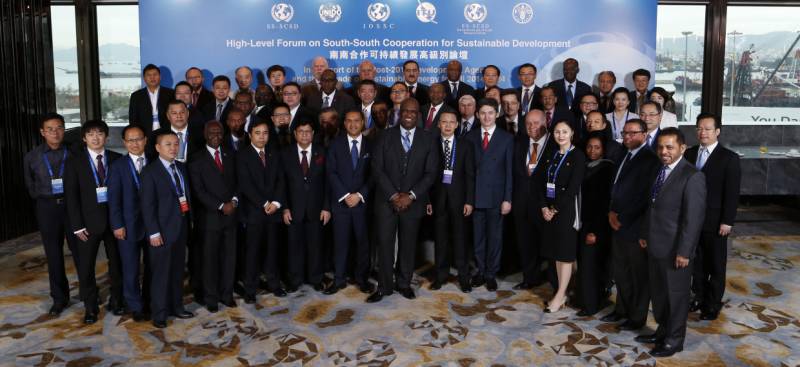The first meeting of the Steering Committee on Sustainable Energy for All, was marred by another controversy over the Pakistani map presented by United Nation Development Programme (UNDP) which did not show Azad Jammu and Kashmir as part of Pakistan. This comes at the heels of a similar incident in Tajikistan on May 12, where at the signing of the Casa-1000 project the wrong map was put up. The Federal Minister for Planning, Development and Reforms Ahsan Iqbal and he demanded the removal of the map at the UNDP presentation. He also directed that in future no map of Pakistan other than officially issued one should be made part of any official presentation.
Pakistan has also conveyed its concern to the UN over the depiction of Jammu and Kashmir in India’s draft geospatial information bill that envisages stringent penalties for the wrong depiction of India in maps, including a fine of up to Rs 100 crore and a jail term of up to seven years. Its official map in the geospatial information regulation bill violated UN Security Council resolutions by depicting the “disputed territory of Jammu and Kashmir as part of India”. However, New Delhi made it clear that Islamabad has no say in the country’s internal legislative process and they will not back down.
Additionally, what is missing from the debate over the status of Kashmir in maps is the situation in Kashmir on the ground. A recent article in the Guardian reveals that the ratio for Kashmiris who have experienced torture by Indian soldiers is one in six. Documents seen by the Guardian reveal horrific practises, including incidents where men from the Indian Border Security Force (BSF) cut off the limbs of suspects and fed prisoners their own flesh. With such reports coming out of Indian held Kashmir daily, the global community should be mortified for depicting the disputed territory as Indian.
Maps often reflect geographical power structures rather than physical realities. Has anyone every wondered by the world map depicts Africa at the bottom and Europe and North American on top? Or why Europe is at the centre of the map? Or why we have chosen to prefer maps that depict the African continent to be smaller than its actual measured size? The Pakistani people themselves have a long history of being wronged by map drawers in 1947, and had the boundaries of the Middle East been drawn by colonisers according to ethnic divisions rather than for dividing resources amongst themselves, we might have seen peace in Iraq and Syria today.
Maps are a very serious matter, and we cannot let our boundaries be determined for us. Pakistan should take the same precautions that India is taking to protect the sanctity of the country.






